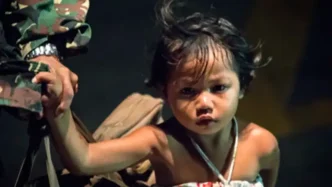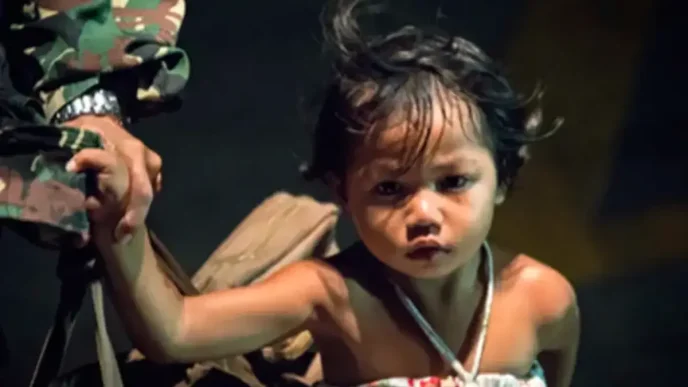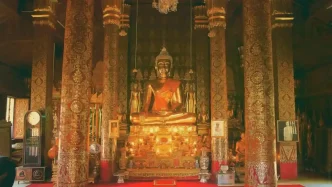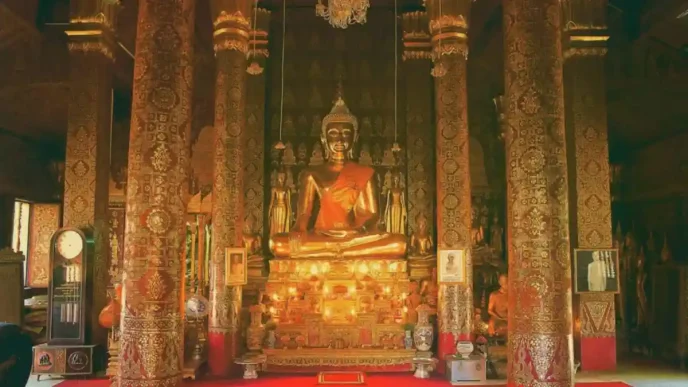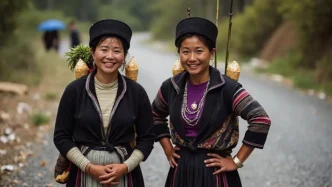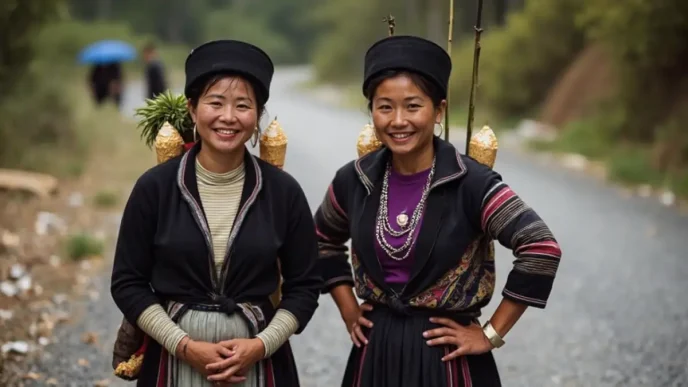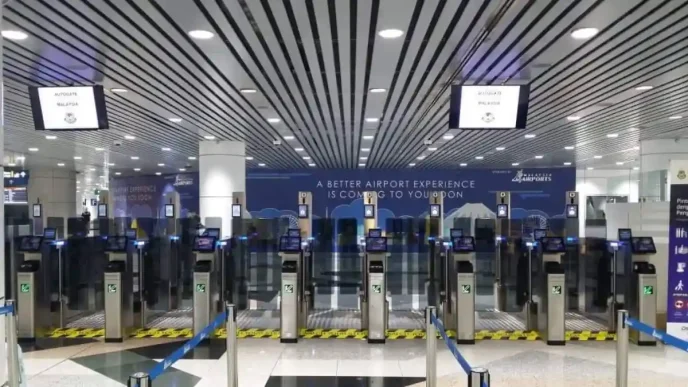Every year, as the full moon of the Tamil month of Thai illuminates the night sky, thousands of Hindu devotees converge on the iconic Batu Caves near Kuala Lumpur to celebrate Thaipusam, a vibrant festival dedicated to Lord Murugan, the Hindu god of war and victory. At the heart of this spiritual event lies the kavadi, a physical and symbolic burden carried by devotees as an act of devotion and gratitude. In Kajang, a town on the outskirts of the Malaysian capital, artisans like K. Sevaraja and his family are keeping this sacred tradition alive, crafting intricate peacock kavadis that embody both cultural heritage and personal faith.
Thaipusam, celebrated by Tamil communities worldwide, holds particular significance in Malaysia, where the Batu Caves temple serves as a focal point for the festival. Devotees undertake a pilgrimage, often piercing their bodies with hooks and skewers or carrying heavy kavadis—semi-circular, arch-like structures that rest on their shoulders—as offerings for fulfilled prayers or vows. Among the various types of kavadi, the mayil or peacock kavadi stands out for its visual splendour and deep symbolism, representing the divine vehicle of Lord Murugan.
For Sevaraja, a 55-year-old property agent and part-time kavadi artisan, the craft is more than a livelihood; it is a spiritual calling. Having learned the art from his late father 26 years ago, he has dedicated himself to creating peacock kavadis, adorned with real feathers for authenticity. “The peacock kavadi is more natural and visually striking compared to others,” he told Bernama, a Malaysian news agency. His passion is shared by his son, Satish Raj, 26, who has joined him in preserving this family legacy alongside a small team of workers.
The process of crafting a kavadi is steeped in ritual and discipline. Sevaraja adheres to a strict vegetarian diet for 48 days during production, while Satish extends his commitment to 108 days. Both abstain from intoxicants, honouring the spiritual significance of their work. The kavadis themselves are meticulously constructed using materials like rattan, rubber, wooden plates, metal rods, and peacock feathers, with decorative elements and even LED lights added to enhance their vibrancy, especially for nighttime processions. Satish prefers rubber over styrofoam for its durability, ensuring the structures can withstand the rigours of the pilgrimage. “We add sponges so that it can rest on the devotee’s shoulders comfortably,” he explained.
This year, as Thaipusam approaches on 11 February, the family’s workshop in Kajang is abuzz with activity. They have received over 40 orders for rubber-based peacock kavadis and more than 20 for styrofoam versions, with rental prices ranging from RM800 to RM1,300 (approximately £130-£210) depending on size and design. Demand extends beyond Malaysia, with orders coming from as far afield as South Africa and Mauritius, testament to the global reach of Tamil diaspora communities observing the festival.
Yet, despite the steady demand, Sevaraja laments a waning interest among younger generations in learning the craft. “Crafting and maintaining each kavadi is no easy task,” he said, highlighting the time and skill required. The intricate process of assembling durable, aesthetically captivating structures is a labour of love, one that fewer are willing to take up in an era of modern distractions. Still, there are glimmers of hope. Two students from Institut Kemahiran Tinggi Belia Negara in Hulu Langat, Selangor—A. Manikandan and T. Dhenesh Raaj, both 21—have volunteered to assist Sevaraja during their semester break. Driven by curiosity and a desire to learn, they are helping repair damaged kavadis, gaining hands-on insight into this traditional art form.
At the Sri Subramaniar Swamy Temple in Batu Caves, where many of Sevaraja’s kavadis will be carried during Thaipusam, the festival transforms the area into a kaleidoscope of colour and devotion. The peacock kavadis, with their shimmering feathers and glowing lights, stand as symbols of resilience and faith, embodying the sacrifices devotees make to honour Lord Murugan. For Sevaraja and Satish, each kavadi they craft is not just a physical object but a bridge between generations, a tangible link to their cultural and spiritual roots.
As Thaipusam draws near, the work of artisans like the Sevaraja family reminds us of the enduring power of tradition in a rapidly changing world. Their dedication ensures that the art of kavadi-making remains a vibrant part of Malaysia’s cultural tapestry, a testament to the strength of community and faith.



